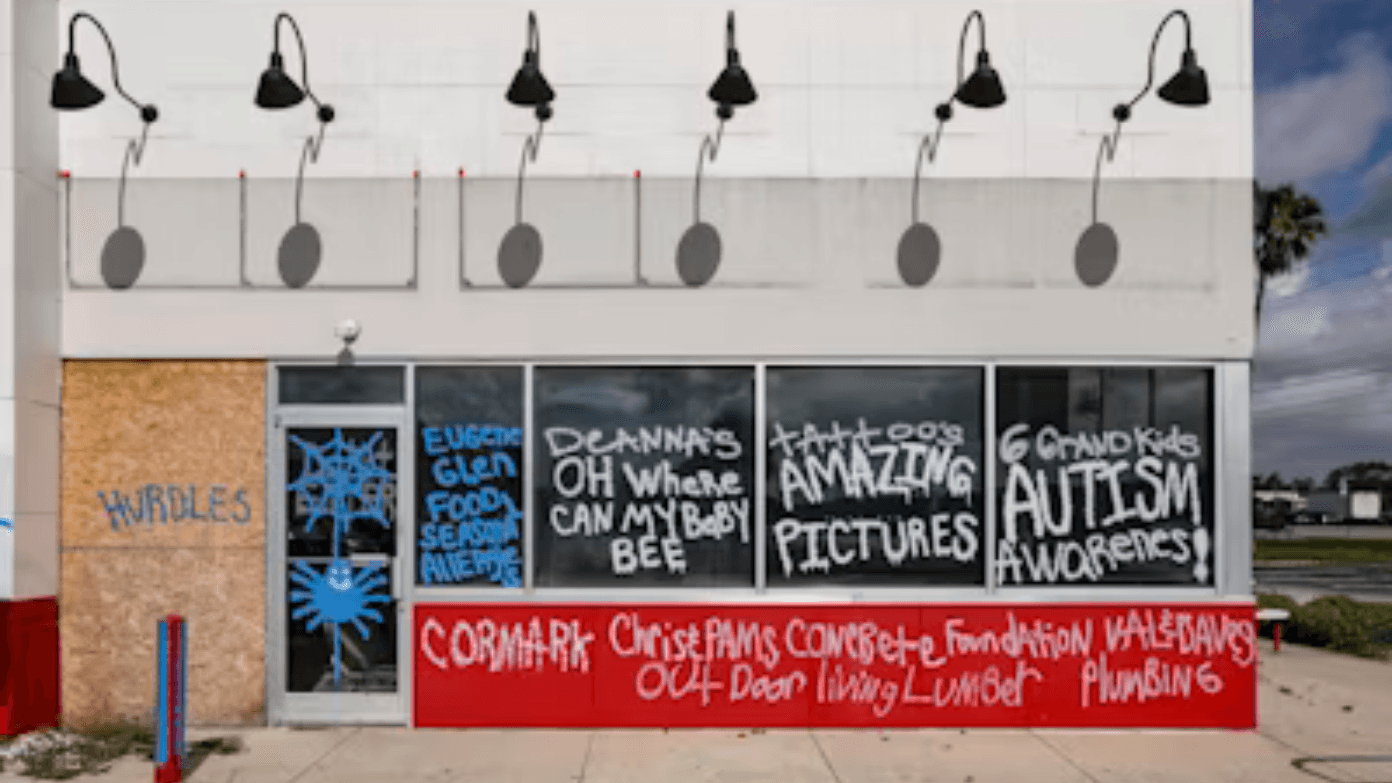Z’Tejas Southwestern Grill, the classic Texas chain Tex-Mex restaurant, shut down all its last stores permanently after 36 years of business, closing the book for a brand that was a pioneer in popularizing Southwestern cuisine as mainstream in America’s food industry.
The final chapter: Kyle store closes down
The last Z’Tejas in Kyle, Texas, closed on June 30, 2025, after the end of the chain’s over-three-decade-long existence. The restaurant placed a heartfelt goodbye post on the internet, saying: “It’s time to bid adieu to this chapter after almost three decades of serving Texas and Arizona communities. With our lease expiring and the nuisance of today’s market, we’ve made the extremely difficult choice to shut Z’Tejas—our sole remaining outpost.”
The closure caught employees and customers off guard. A previous employee on Reddit stated the owner sent a text message on Sunday brunch that announced the restaurant would close for good later that night, without notice to most of the employees.
A culinary legacy born in Austin
Z’Tejas first opened in 1989 on Austin’s celebrated Sixth Street, one of the first full-service Southwestern restaurants during a time when Southwestern food had not yet achieved national popularity. Z’Tejas was developed by Fleming Restaurants’ Paul Fleming, and Austin restaurant owners Guy Villavaso and Larry Foles, father to NFL Super Bowl MVP quarterback Nick Foles.
The chain became popular very soon because of its strong flavors and modern take on Tex-Mex cuisine. Z’Tejas signature dishes were ancho chile ribs, green chile pork tenderloin, sizzling fajitas, and their renowned cast-iron cornbread. The restaurant stood out because it offered “elevated Tex-Mex with southern flair” through its use of traditional Mexican taste mixed with Texas ranch-style food and fused with styles from Arizona, California, Louisiana, New Mexico, and Texas.
Rise and fall from 14 stores to zero
Z’Tejas peaked when it operated 14 restaurants throughout Texas, Arizona, and California with a corporate headquarters in Scottsdale, Arizona. The chain grew fast during the 1990s and was a Southwestern food enthusiast’s paradise. Money issues started adding up during the mid-2010s, and there were a series of ownership changes and bankruptcies.
The chain’s problems were deeper in recent years. Z’Tejas went bankrupt twice—once in 2015 and once in 2017—before its purchase by Austin-based Cornbread Ventures. At the end of 2017, the chain had already been reduced to a few locations. The original Sixth Street shop closed in 2023 after 33 years of service due to problems with the landlord.
Texas, Arizona, and California are the most affected states
As Z’Tejas’ map of locations indicates, Texas suffered the majority of the closures, as it was where the majority of the chain’s restaurants were located during its time in operation. The state saw a series of well-known restaurants, including the original Austin restaurant and the last Kyle restaurant, close down.
Arizona was also severely affected, as the state had seen a large number of Z’Tejas restaurants in the Scottsdale and Phoenix markets throughout the years. The state was one of the chain’s biggest markets, with corporate operations based in Scottsdale during the growth period of the brand.
California, with fewer of its restaurants than Arizona or Texas, still incurred significant losses because the chain had some restaurants in the Golden State when it was at its peak. The closure marks the total erasure of Z’Tejas’ footprint from what were once core markets.
Industry-wide challenges behind the closure
Z’Tejas’ closure is indicative of wider problems in the restaurant sector for 2025. The company identified “the challenges of today’s market” as a leading cause for closure. Among those difficulties are higher food costs, rising labor costs, higher rent, and shifting patron eating habits.
The restaurant sector has been severely affected, with the majority of the traditional chains barely managing to keep their heads above water. Industry reports indicate that food costs have risen from 28% to well over 34% of turnover, while payroll costs today cover about 39% of turnover—a whopping jump from hardly less than 32% in 2022. On top of this, the increased push towards takeout and delivery services has seen walk-in business to traditional sit-down restaurants decline.
The closing has disheartened loyal consumers. On Reddit, the followers were disappointed, with one client posting: “So sad. Our family visited the restaurant during that time and always brought family and friends with us when they were in town”. Another loyal client posted: “Well this is depressing news. I’ve been eating at that location for years”.

